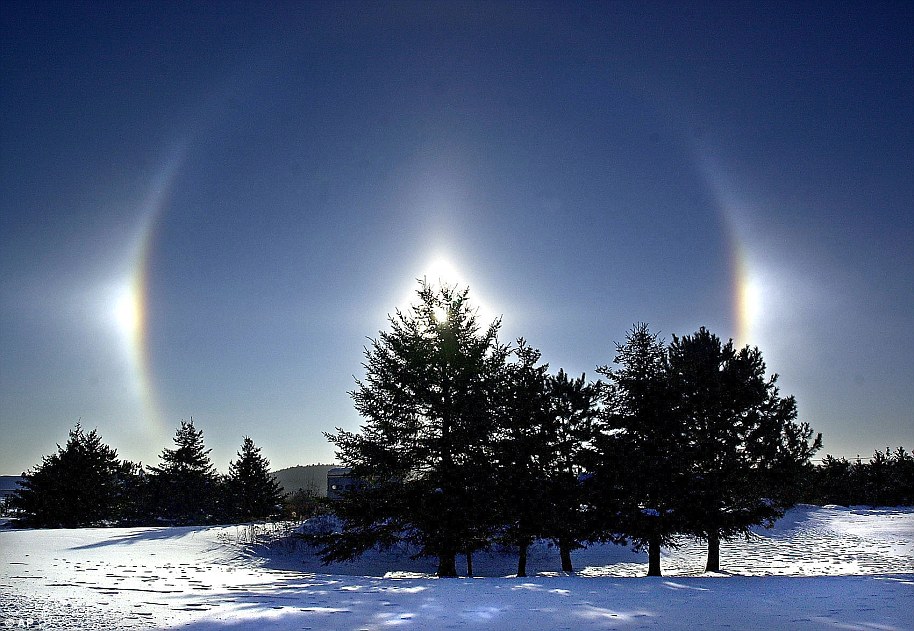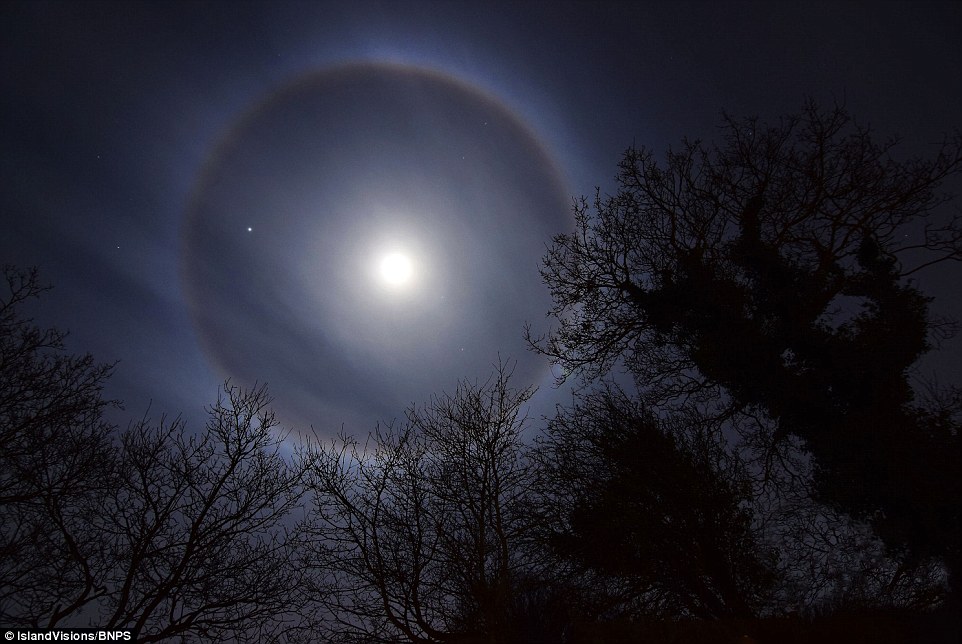Stunning ‘mother of pearl’ clouds dazzle Britons as they appear in skies across the UK – so, did you see them?
It looks like a stunning impressionist masterpiece or mother of pearl in the sky.
While pearly clouds are usually a rare sight in the UK, they have been spotted across Britain this week.
Photographers in Teesside, Yorkshire and even Kent have captured snapshots of the strange formations, which consist of tiny ice particles that scatter light.
Large thin disks are usually seen over Norway and other polar regions when the sun is just below the horizon.
Several keen viewers took to the X to discuss the clouds, with one in Kent describing them as “the strangest optical phenomenon I have ever seen”.
It looks like a stunning impressionist masterpiece or mother of pearl in the sky. Although pearly clouds are usually a rare sight in the UK, they have been spotted across Britain this week, including over Tynemouth Priory (pictured).
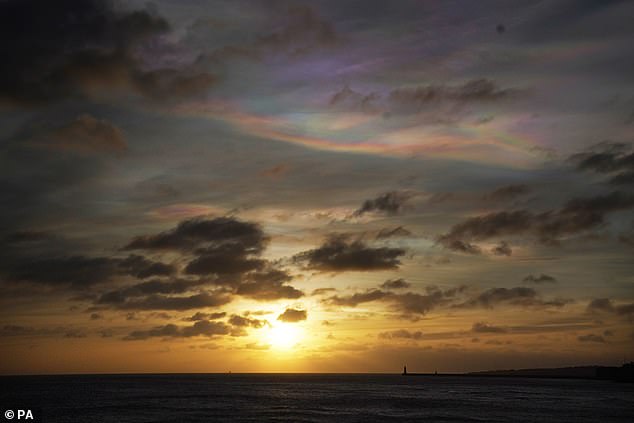
Photographers in Teesside, Yorkshire and even Kent have captured snapshots of the strange formations, which consist of tiny ice particles that scatter light. Pictured: Clouds off the coast of Tynemouth
Pearly clouds are most commonly seen in Antarctica, but have also been spotted in the Arctic, Scotland, Scandinavia, Alaska, Canada and Russia.
However, this week, lucky skygazers across the UK were dazzled by the formations.
Taking to X (formerly Twitter), one user in the North East posted a photo, writing: “Beautiful psychedelic skies over Teesside this evening.”
Another posted a video of the clouds, writing: “Some beautiful pearly clouds in Yorkshire this afternoon.”
Someone in Leeds joked: “Iridescent pearly clouds over Leeds!” Very rare and usually only seen in the polar regions* *So I figured it out after 20 seconds of googling.'
Viewers in northern England were not the only ones to spot the clouds, they were also seen as far south as Kent.
One viewer tweeted: “Pearl clouds over the Thames Estuary, Southend-on-Sea. I can't say I've seen such a stunning natural event in my 37 years on this planet.
Someone in Kent said: “The strangest optical phenomenon I have ever seen – absolutely amazing nacreous clouds here from Kent!”
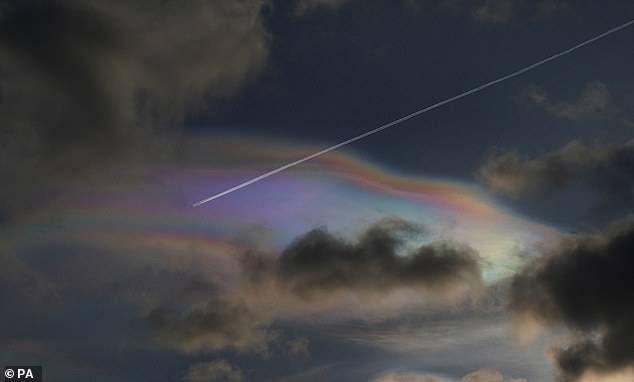
Pearly clouds are most commonly seen in Antarctica, but have also been spotted in the Arctic, Scotland, Scandinavia, Alaska, Canada and Russia. However, this week, lucky skygazers across the UK were dazzled by the formations. Pictured: Clouds over Tynemouth
Pearly clouds are rare clouds that form in the lower stratosphere when the sun is directly below the horizon.
They look like large, thin disks, and are often confused with UFOs thanks to their unusual bright colors.
“The ice particles that form nacreous clouds are much smaller than those that form more common clouds,” the Met Office explained.
“These tiny particles scatter light differently, which creates the distinctive luminous appearance.”
While most clouds form in the troposphere – the first layer above the Earth's surface – pearly clouds form much higher, in the lower stratosphere.
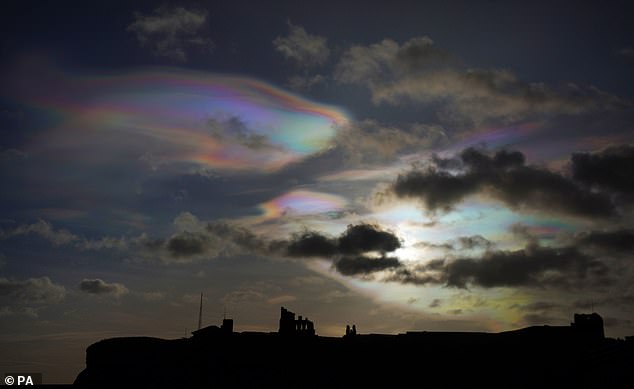
Pearly clouds are rare clouds that form in the lower stratosphere when the sun is directly below the horizon. They look like large, thin disks, and are often confused with UFOs thanks to their unusual bright colors
The Meteorological Office added: “Because of their high altitude and the curvature of the Earth’s surface, these clouds are illuminated by sunlight from below the horizon and reflect them onto the ground, and they shine well before dawn and after dusk.”
Because they are more likely to be seen in places with higher latitudes and colder temperatures, such as Scandinavia and northern Canada, they are often referred to as polar stratospheric clouds.
They are usually only seen in the UK when cold air circulating in the polar regions is displaced into the stratosphere, temporarily hovering over the UK.
(Tags for translation)dailymail

